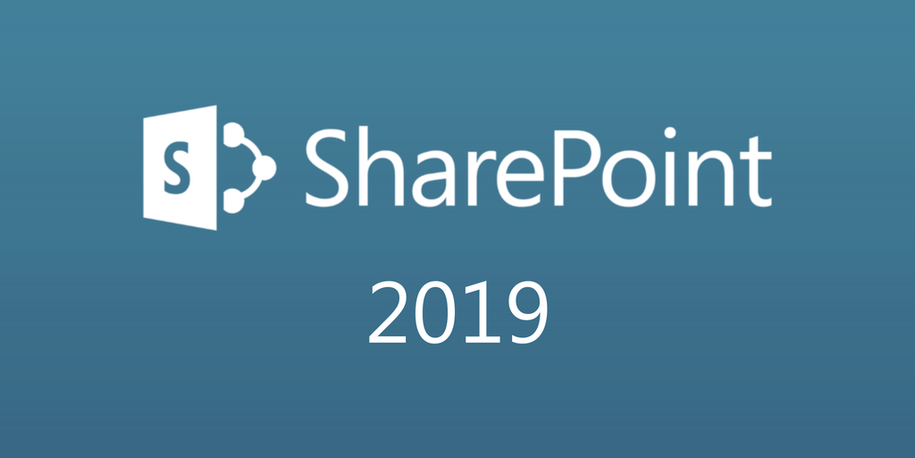SharePoint 2010
Overall, this release built upon SharePoint 2007’s content management heritage–publishing framework, metadata, enterprise search–and was designed to further embed document collaboration into people’s everyday work.
| User Experience | Administration |
|
|
SharePoint 2013
SharePoint 2013 was a tale of two focuses. This is the year that Office 365 was truly born, and so while there were on-premises improvements, they were less pronounced than between 2007–2010.
| User Experience | Administration |
|
|
SharePoint 2016
Truly “born from the cloud,” SharePoint 2016 was the first snapshot of technology taken from the refactored administration and user experience that was needed for Microsoft to be successful in the Cloud.
| User Experience | Administration |
|
|
SharePoint 2019 and Office 365 Comparison: User Experience
This is a current snapshot of the offerings of SharePoint 2019 and Office 365. While there will be improvements to SharePoint 2019 in the future, the one constant in Office 365 is change. The best way to stay in touch is to review the Microsoft 365 Roadmap, follow the Microsoft Tech Community, or attend one of the great SharePoint conferences throughout the year.
| SharePoint 2019 | Office 365 |
|
|
SharePoint 2019 and Office 365 Comparison: Administration
The benefits of administration are dependent on your context. On-premises gives you the ability to control every aspect of the service. However, the benefit requires focus time and actual infrastructure. In Office 365 you have less that you are able to control, but there are more advanced features that become available. Below is a listing of new features in SharePoint 2019 and an overview of Office 365; they’re a bit difficult to compare.
| SharePoint 2019 | Office 365 |
|
|
SharePoint 2019 or Office 365
We’ve reviewed the history of advancements within the evolution of SharePoint and lightly compared SharePoint 2019 and Office 365. If nothing else, you can see that the focus of Microsoft is aimed squarely at the cloud, with some of the best features being brought to the on-premises server. Ultimately, the decision of whether to move is not so dependent on features, but on the context of your decision.


No comments:
Post a Comment